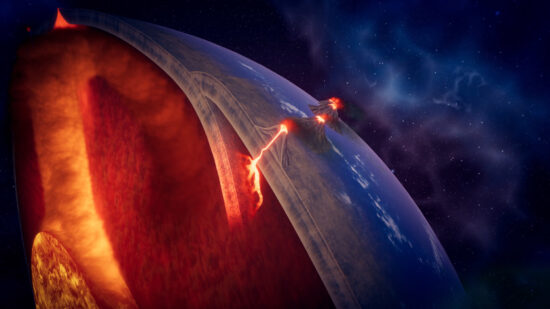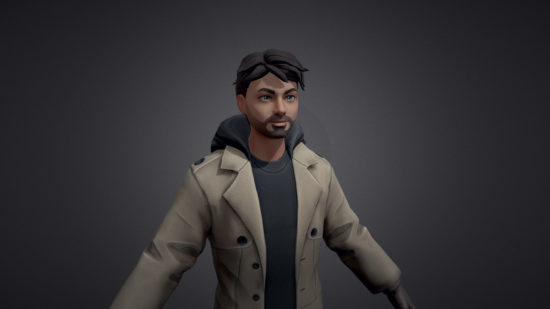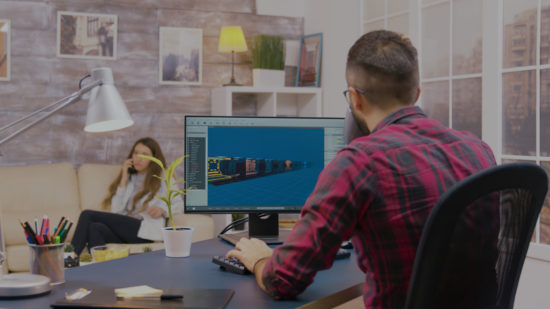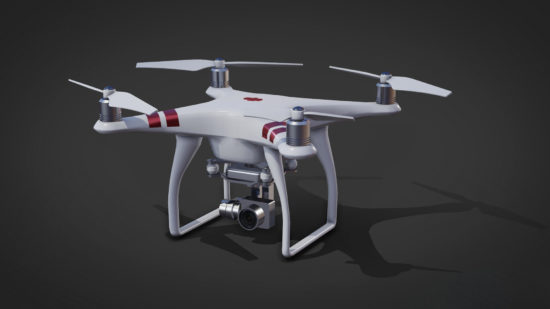As our technological progress races forward, we are getting more used to higher detail, higher realism, and flashier effects from the digital content that we consume. We have the right tools to satisfy this craving (apps, plugins, executables), but we also need the right technique. This is where physically-based rendering (PBR) comes in: a perfect solution to this modern problem.
Hopefully, by the time you finish reading, you will be prepared to make amazing PBR content of your own, or at least hire PBR artists with these qualifications. If you’re just curious and want to know how PBR works, don’t worry. We’ll cover it in this intro to physically-based rendering.
What is physically-based rendering (PBR) and why is it important?
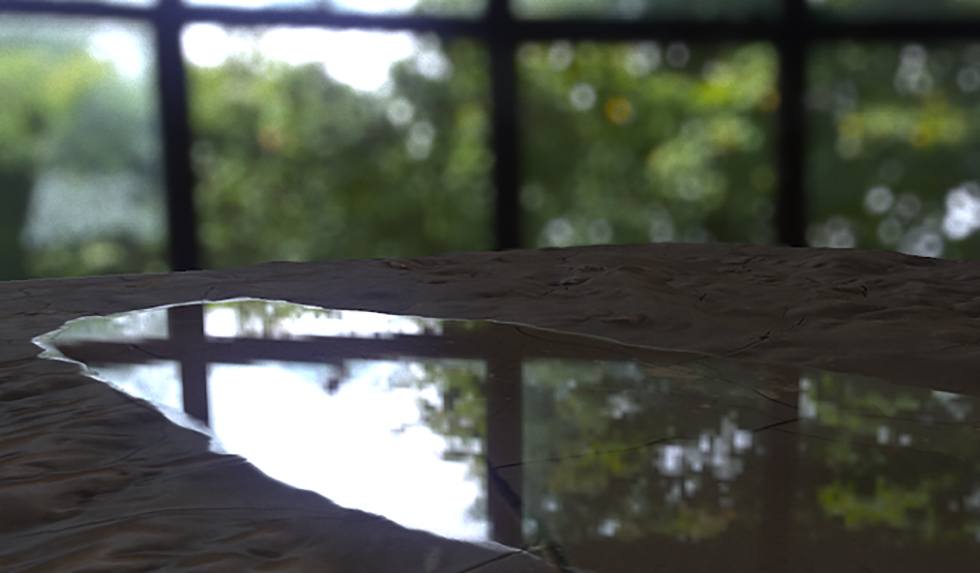
Physically-based rendering can be described as an approach or philosophy to creating 3D content focused on recreating lifelike physics, especially in all aspects pertaining to light. You can think of it as a new and prestigious standard that 3D artists and animators try to follow.
For example, many game worlds of the past century looked the same in all situations and times of the day, but now, game designers usually work really hard to make sure that most (if not all) light sources impact the world in a dynamic and realistic way, generating proper shadows, reflections, flares, etc.
Why is Physically-Based Rendering Important?
Beyond the fact that it looks fantastic, PBR grants multiple benefits that can be game-changing:
-
Models become more accurate
This technique makes it easier to mimic real physical references or add an extra level of realism to new designs.
-
Easy to simulate different circumstances
With PBR settings active, you can easily create multiple renders with different conditions (e.g. different times of day) without having to remodel the whole scene.
-
Consistency with different lighting
With PBR shaders active, you can easily change the position, intensity, and other qualities of lighting in the scene, and the resulting render will remain consistently accurate.
-
Easy to implement
The 3D art community has embraced PBR as a philosophy, and this has led to the creation of amazing tools that make it easy to integrate into any scene.
PBR vs ray tracing: what’s the difference?
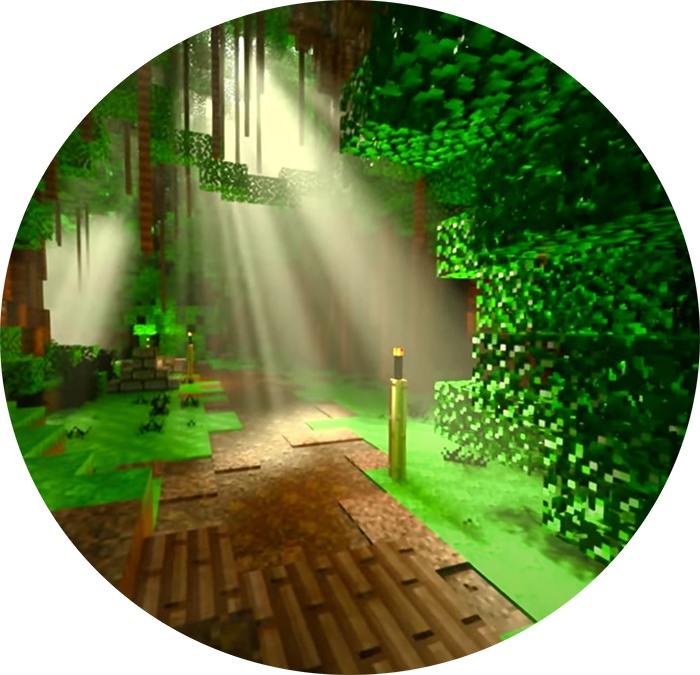
To put it simply, PBR is more concerned with objects and materials, while ray tracing focuses solely on rays of light. It’s true that both techniques try to realistically model the effect of light on a scene, but ray tracing does it more accurately (following the bounce from and to polygons in a 3D object).
At the same time, it takes much more work to implement ray tracing, and it will have little effect on the materials in the scene, since light is the only focus. PBR uses established formulas to quickly calculate which color each pixel in an object’s render should be.
Where is PBR Used?
Since this form of rendering can only be generated with computer software, it can be applied exclusively to 3D scenes and environments that are also digital. Below are the main places where you can find PBR content.
PBR in Different Media
Games
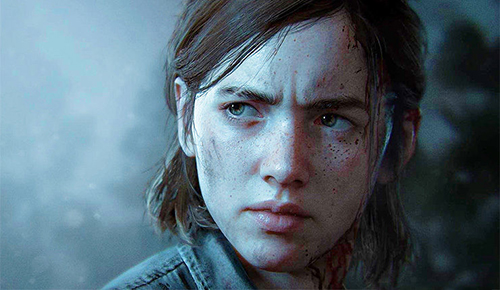
As you might know, the gaming industry is highly competitive, so game-making companies look for any edge to attract a larger audience and beat competitors. Thus, ray tracing and physically-based rendering in games have become common, though you will find ray tracing used more in AAA due to its intense requirements.
Animation
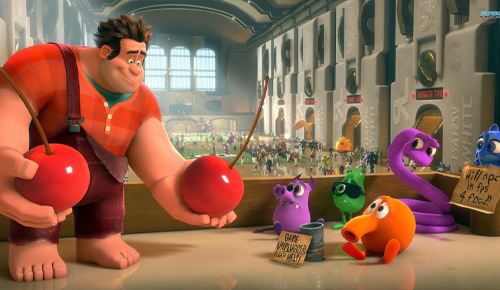
If you examine some of your favorite modern animated shows and films, you will likely find that many of them use PBR. It’s a subtle change that is easy to miss if you don’t look for it. After all, our eyes perceive what looks to be realistic physics and it doesn’t stand out to us.
Images & 3D Models
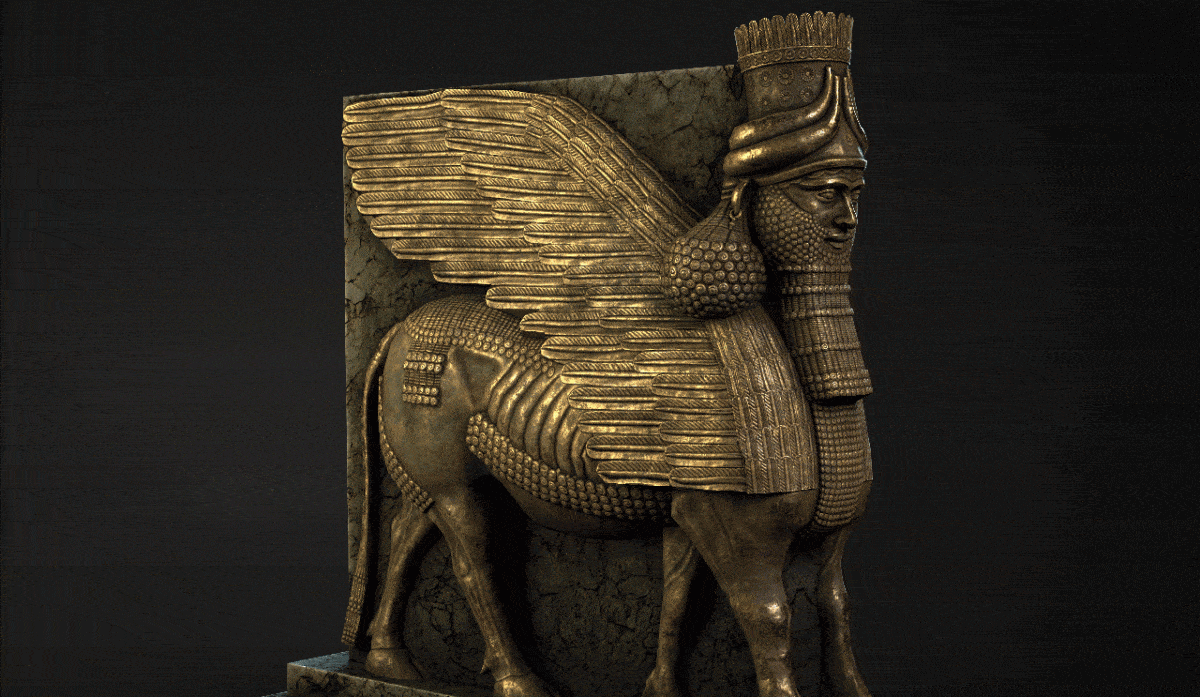
Still renders with PBR applied are very popular for presentation purposes. For example, many of the 3D models in our portfolio use this approach, and it is probably a default choice for most of the 3D artists on professional websites like ArtStation and Behance.
Example: Lamassu lion statue
Enterprise software
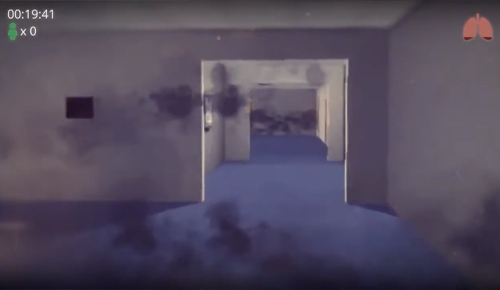
Enterprise software tends to be focused on functionality and practicality, but there are situations when physical accuracy is important too, so companies apply PBR in their internal software. For example, training software often has to realistically model different physical occurrences and circumstances, and software used for presentations also substantially benefits from these added details.
Example: Emergency Evacuation Simulator
Want to use physically-based rendering in your business or looking for personal advice?
Platforms
-
Mobile
There is a lot of debate in the mobile development community about whether PBR should be used for mobile content/apps. After all, users have relatively small screens and rarely get to see the fine details that make 3D models and scenes look lifelike. At the same time, implementing physically-based rendering on mobile is not that difficult or costly, so many developers have started adding it in their releases. -
PC
PC is perhaps the best platform suited for PBR, because most modern PCs support high-fidelity graphics, which tend to include PBR. It makes sense: given that these graphics are created with computers, they rightfully support it. -
Web
The internet is a much shakier platform for deploying this type of content, because it is accessed by all manner of devices, from PCs to mobile phones, tablets, smartwatches, and even game consoles. Still renders with PBR pose no problems, but when it comes to software and animation, not all devices will be able to support the content, especially those that were made over a decade ago. -
VR
Virtual reality has always been more about immersion than attention to detail, and many of the 3D models used in VR experiences are quite simple, without any special environmental effects. With that said, some of the newer and higher-budget VR games (like Half-Life: Alyx) are investing in physically-based rendering VR improvements, while SDKs like PowerVR make the technique accessible to ordinary developers.
Which Features Should You Include in Physically-Based Rendering?
PBR is not added based on what looks and seems accurate to physics, but rather on a concrete set of principles connected to light. Let’s go over the main ones:
| Diffusion | 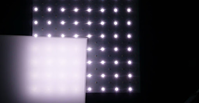 |
Diffusion (or diffuse reflection) is the occurrence when light hits a surface and scatters in many directions instead of one, creating what can be described as “fuzzy light”. |
| Reflection | 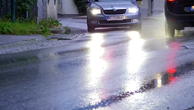 |
This is a straightforward bounce of light in a relatively predictable trajectory. With smooth surfaces, the reflection is usually very straight, while rougher surfaces can make it more deformed. |
| Translucency |  |
Translucent materials allow light to pass through, but when you look at the material, you don’t necessarily see what is on the other side of the material. |
| Transparency | 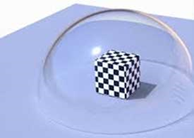 |
This is one that everyone knows. Light easily passes through transparent surfaces (like glass or water), and allows you to see past them. |
| Others | 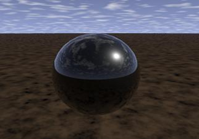 |
Other notable features of PBR include Fresnel reflection, energy conservation, subsurface scattering, and a few others. |
How to Start Implementing Physically-Based Rendering in Your Content
To create top-notch PBR content, you can go through the same steps of 3D content design, making a few tweaks and adjustments.
PBR in shaders
Shaders are the main source of PBR creation and certainly the most popular tool used to create realism. Shaders are made up of code, and serve as maps for how pixels in 3D content are supposed to look. They are very helpful because they can instantly adjust the appearance of materials based on light changes – the principles of physical rendering are already hardwired into the code.
Many 3D artists prefer to make physically accurate content in game engines like Unity and Unreal because they have certain PBR shaders built in and support the import of custom versions, too. For example, physically-based rendering in Unity is convenient with the Unity Editor, a tool that supports two different types of default shaders – standard and specular (used for glossy surfaces).
Great freedom to create custom shaders is also offered in Unreal Engine 4. This is quite easy with Blueprints, a visual scripting system. Thus, physically-based rendering in Unreal Engine 4 can be achieved both with an elaborate shader design system and a streamlined system for beginners.
Naturally, you can also go with other platforms and frameworks. For instance, Three JS physically-based rendering scripts are just as advanced and helpful as those used by the biggest game engines.
PBR in textures
If a shader serves as a guidebook for how objects should look with PBR, then textures are key excerpts in this book containing parameters and details. Texture maps can be created in most 3D design programs or downloaded in a completed state (example – FreePBR).
A texture map is made for a single type of material and defines features such as albedo, smoothness, height, and occlusion. When shaders process these parameters and render content, they add the PBR-specific features we listed earlier (diffusion, reflection, etc.).
PBR in lighting
Although shaders and textures cover most of the work needed to achieve the realism effect, you should also put some thought into the lighting of your 3D scenes. After all, without a lighting source with the right intensity and in the right position, users won’t be able to see your objects, models, and materials in all of their physically accurate glory.
Expert PBR Design Services
Truth be told, the topic of PBR is very complicated for users new to 3D design, and there is nothing that can be done to remedy it other than to read and try designing. However, if you are in urgent need of high-quality PBR content, you don’t need to learn if you don’t want to. One quick and painless solution is to hire 3D design experts with experience in this field.
3D-Ace is a 2D/3D design studio that has been creating gorgeous art for decades, and whose expertise includes dozens of services. PBR is among the things that we do spectacularly well, and you can see it for yourself in our portfolio.
If you want to learn more about ordering custom-made PBR content for your business needs, just contact us.
